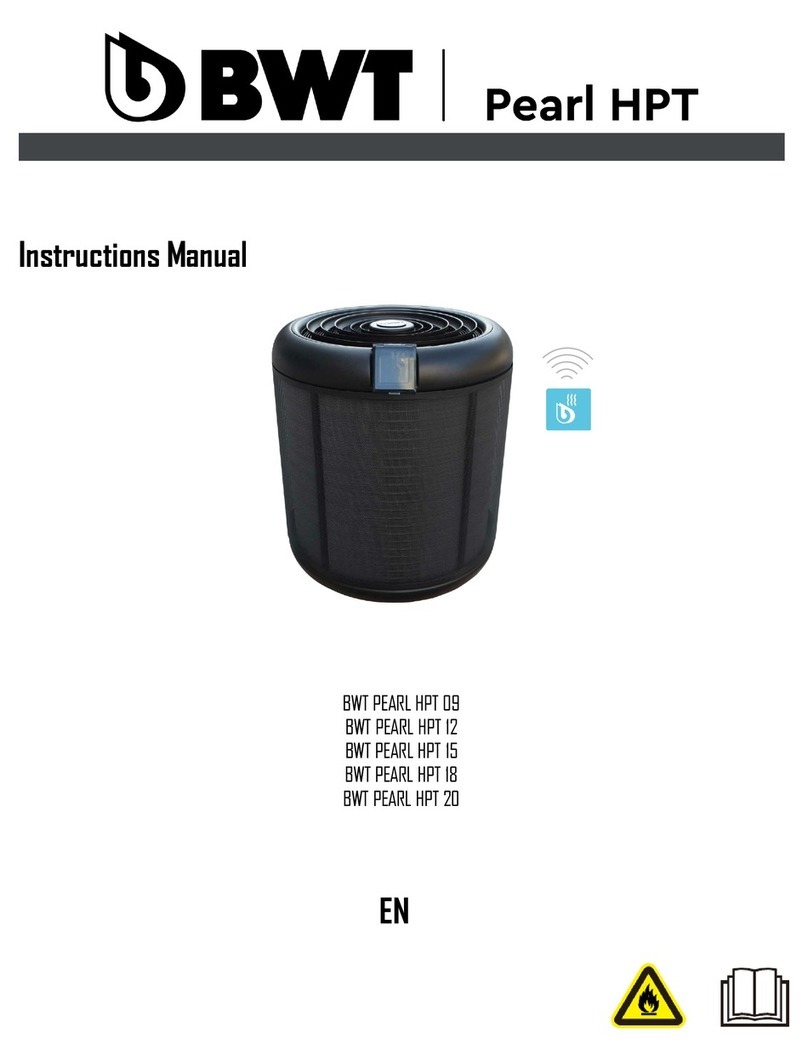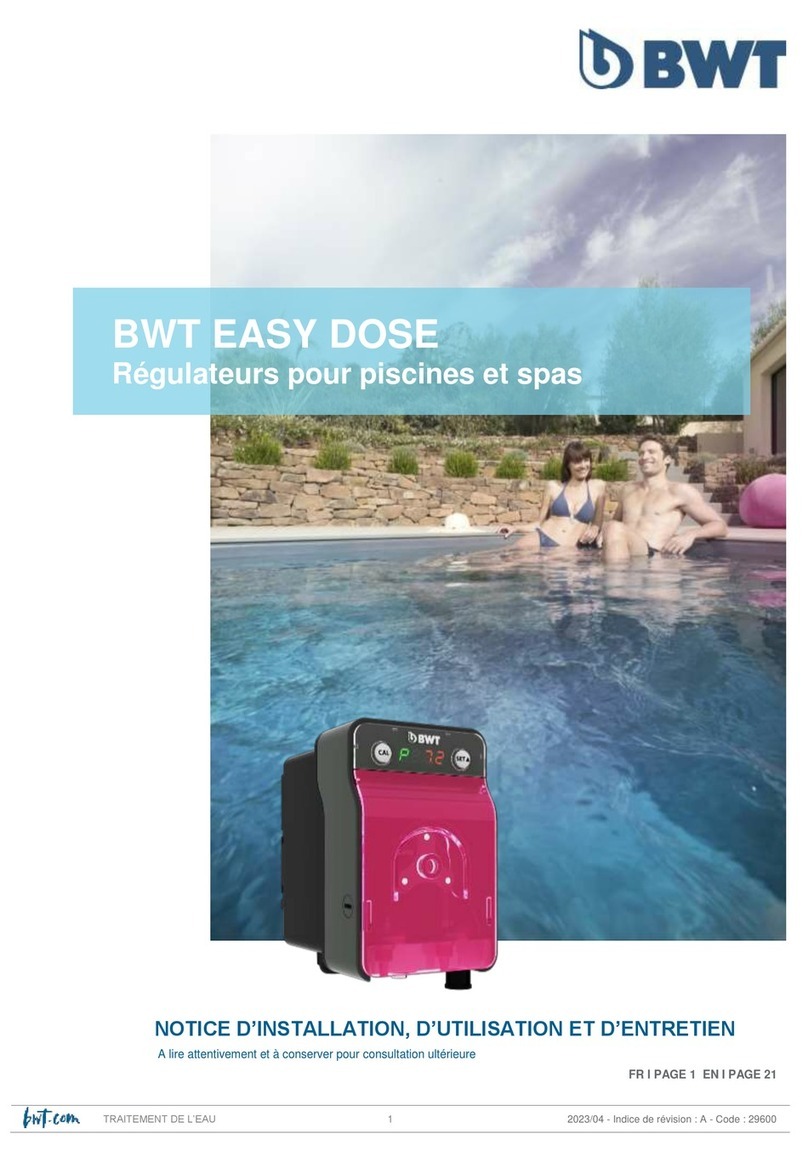
Table of contents
1 Identity code ................................................................................... 4
2 About this pump............................................................................... 6
3 Safety chapter................................................................................. 7
4 Storage, transport and unpacking................................................. 11
5 Overview of equipment and control elements............................... 13
5.1 Overview of equipment......................................................... 13
5.2 Control elements................................................................... 14
5.2.1 Pulse Control Switch.......................................................... 14
5.2.2 Stroke length adjustment knob........................................... 14
5.2.3 Multifunctional switch......................................................... 14
5.2.4 Functional and Fault Indicators.......................................... 15
5.2.5 "External control" terminal.................................................. 15
5.2.6 "Level Switch" terminal....................................................... 15
6 Functional Description................................................................... 16
6.1 Liquid End............................................................................. 16
6.2 Drive Unit.............................................................................. 16
6.3 Capacity................................................................................ 16
6.4 Self-Bleeding......................................................................... 16
6.5 Operating Modes .................................................................. 16
6.6 Functions............................................................................... 16
6.7 Relays................................................................................... 17
6.8 Hierarchy of Operating Modes, Functions and Fault Sta‐
tuses...................................................................................... 17
7 Electrical Installation...................................................................... 18
7.1 Supply Power Connection..................................................... 18
7.2 Description of the Terminals................................................. 18
7.2.1 "External Control" Terminal................................................ 18
7.2.2 "Level Switch" Terminal..................................................... 19
7.3 Relays................................................................................... 20
7.3.1 "Fault Indicating Relay" Output (Identity Code 1 + 3 or 4 +
5)........................................................................................ 20
7.3.2 Output for Other Relays (Identity Code 4 + 5)................... 21
8 Operation....................................................................................... 22
8.1 Manual.................................................................................. 22
8.1.1 Capacity............................................................................. 22
8.1.2 Functions............................................................................ 22
8.1.3 Extern Contact................................................................... 23
8.2 Remote Operation................................................................. 23
9 Troubleshooting............................................................................. 24
9.1 Faults without a fault alert..................................................... 24
9.2 Fault alerts............................................................................ 24
9.3 Warning Alerts....................................................................... 25
9.4 All Other Faults..................................................................... 25
10 Decommissioning.......................................................................... 26
11 Technical data............................................................................... 28
11.1 Performance data................................................................ 28
11.2 Accuracy............................................................................. 29
11.2.1 Standard Liquid End......................................................... 29
11.2.2 Self-Bleeding Liquid End.................................................. 30
11.3 Viscosity.............................................................................. 30
11.4 Material Data....................................................................... 30
11.5 Electrical data...................................................................... 31
Table of contents
2





























